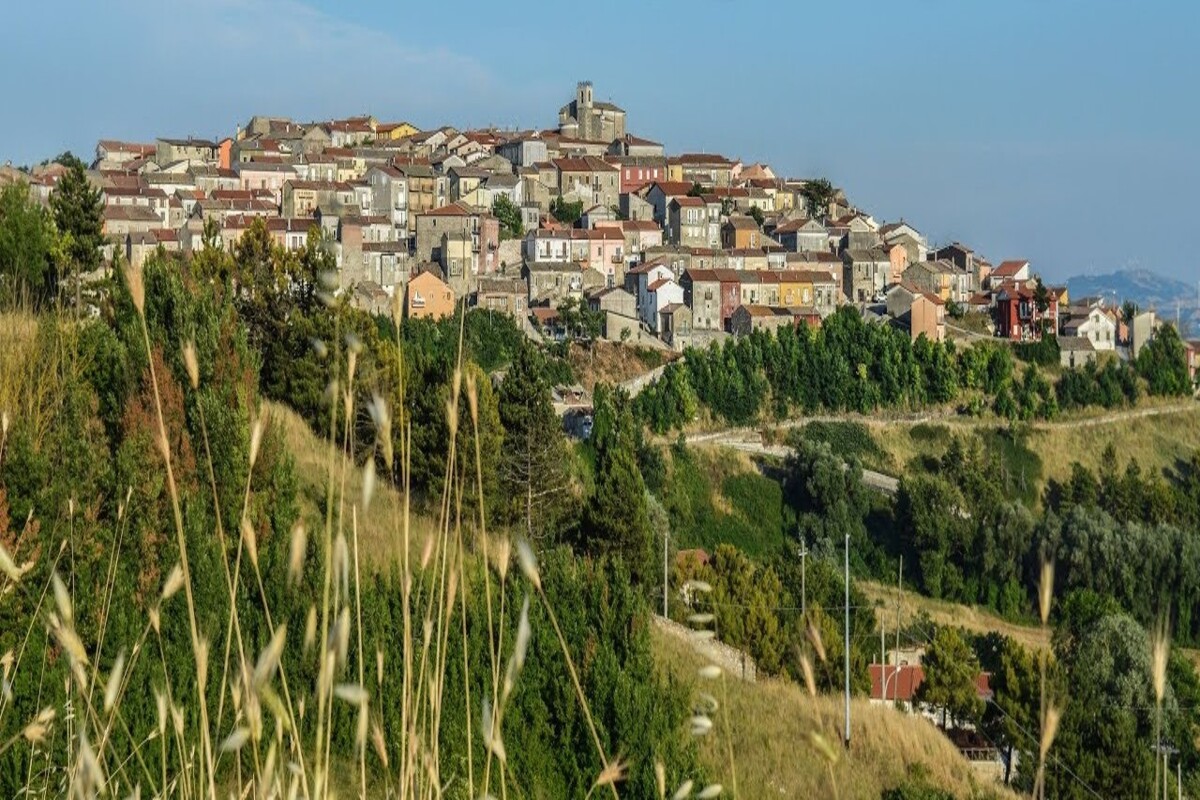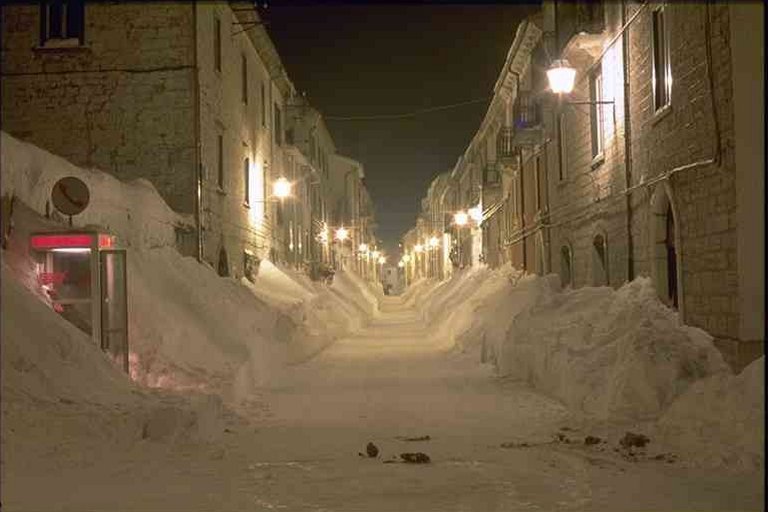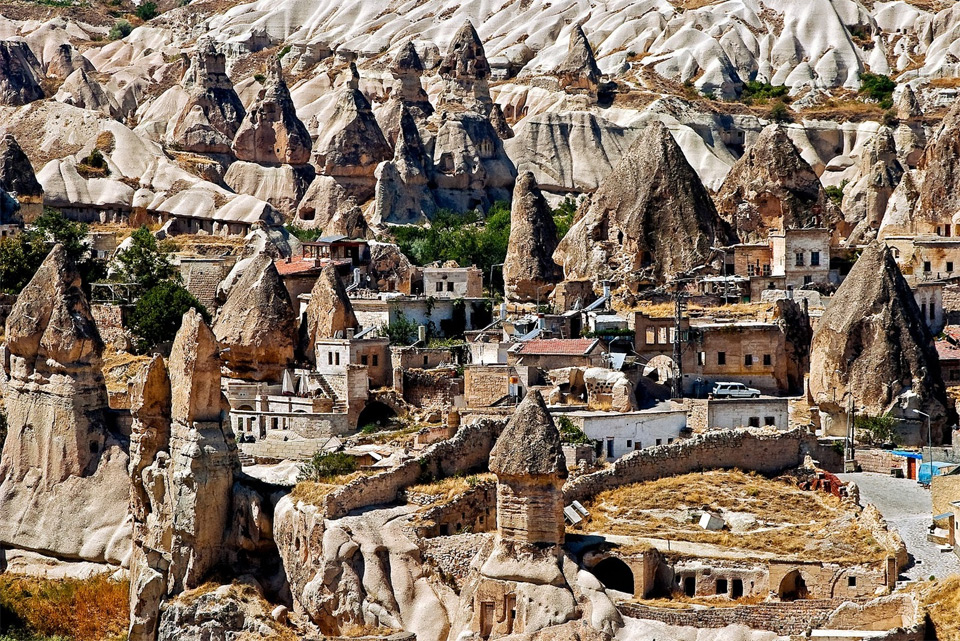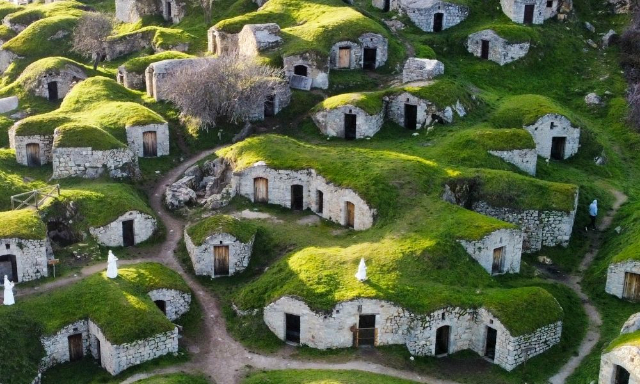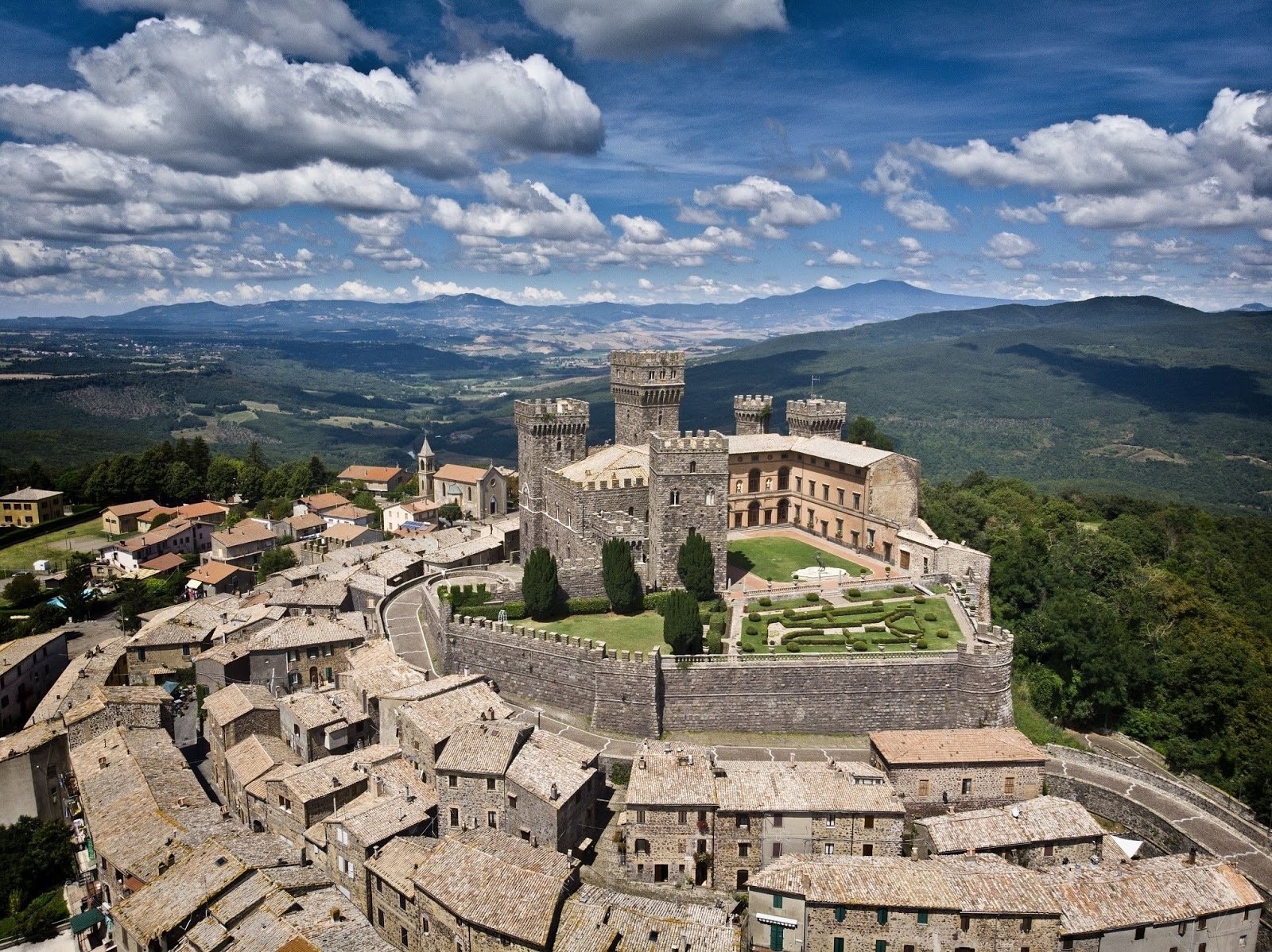The small town of Greci, located in the Irpinian province of Avellino, is called Katundi by its inhabitants, in the Arbëreshe language, and is the least known of all the Italian towns of ancient Albanian ethnicity.
Greci, the only Arbëreshë village in the Campania region, tells its deep Albanian roots in the tradition of ancient dirges, in the houses and in the celebrations, revealing the history of a distant time made of colonizations and conquests. Greci, in arbëresh ‘Katundi’, has a history that starts very far away: before the arrival of the Albanians, Greci was a pre-existing and very ancient centre. The name Greci appears after 535, that is after the expedition to southern Italy (ordered by Justinian, Emperor of Constantinople) under the command of General Belisarius. Evidently, on that occasion, many Greek colonies were founded, including Greci.
The town was destroyed by the Saracens in 908 A.D. and rebuilt in 1039 (always with the name of Greci) by Count Potone, by concession of the Prince of Benevento Pandolfo and his son Landolfo. The town of Greci, at that time, was a kind of emporium, where trade between Abruzzo and Puglia took place.
Around 1464 the Albanian general Skanderbeg arrived in Italy to help Ferdinand of Aragon against John of Anjou. The Albanian hero definitively defeated the Angevins with the battle of Orsara and decided to station his soldiers in some localities to defend himself from possible new incursions that could have reopened the clash. The Albanians thus came into contact with the old Greci and began to build their houses in the upper part of the town, called Breggo, in Italian hill. The typical houses of that period of colonization were the kalive, stone houses, characterized by a single room, with a beaten earth floor and a very low roof, made of wood and tiles. Generally, the kalive were used as dwellings and at the same time as shelters for animals. Even today, the few that have remained intact seem to tell the humble life of that distant time, just as the finely decorated portals that still fill the historic centre narrate the more affluent lives of the arbëreshë people of that time.
